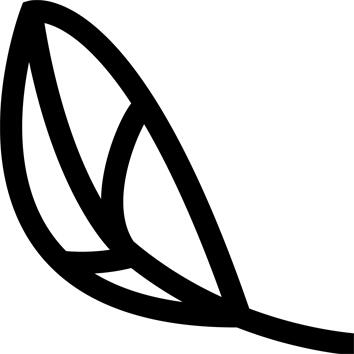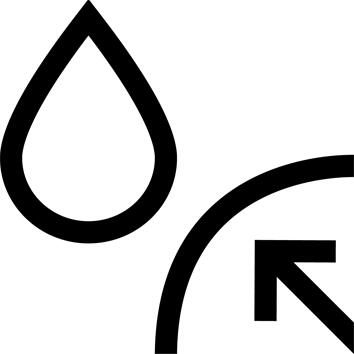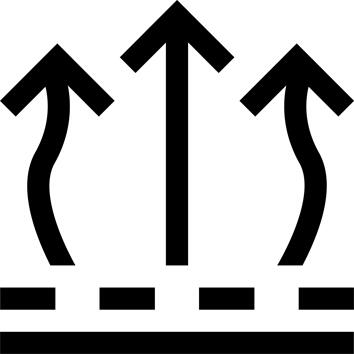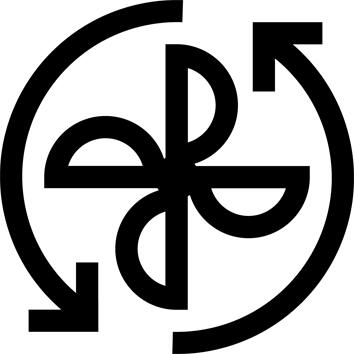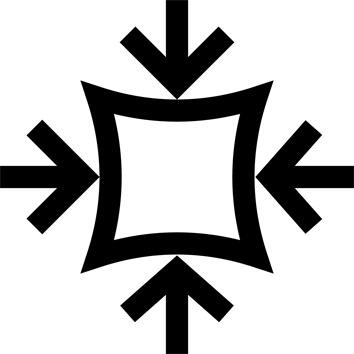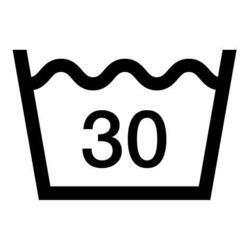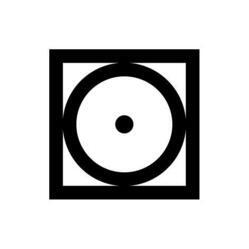Cutting information
Fitted cut. Inner volume enables this jacket to be worn with a light, thin 2nd layer, such as a fleece or light down.
Hood
Rigid visor for maximum facial protection.
Pocket system
1 chest pocket with watertight zip, into which the jacket can be folded.
Main components
Blue part - waterproof and breathable 2.5-layer membrane component.
White part - ultra-water-repellent windproof component. This adds lightness, compressibility and breathability to the jacket. All seams are taped to reinforce overall waterproofing.
Component breathability
In addition to the breathability of the fabrics used, Quechua develops technical solutions (zips, vents, mesh, etc.) to improve the overall ventilation of all its jackets. These ventilation systems both regulate the temperature inside the garment and facilitate the evacuation of perspiration generated by the body during exercise.
Membrane or coated component
Coating is a kind of paint applied to the inside of the fabric, making the component waterproof yet breathable. It is often less expensive than a membrane, and requires a lining to protect it. The membrane is a kind of very thin plastic film (polyurethane) that makes the component waterproof yet breathable. It has the advantage of being more flexible, lighter, more durable and often more breathable than coating.
This jacket has a membrane.
3-coat, 2-coat or 2.5-coat component
3 layers: the membrane is bonded between the 2 inner and outer layers of the component. This construction increases membrane longevity and component performance. 2 layers: the membrane is bonded to the outer fabric only, leaving the protective inner lining free. This construction is less expensive but generally heavier. 2.5 layers: the membrane is protected on the inside by a kind of varnish rather than a true layer for maximum lightness.
Component water repellency
A fabric's water repellency is its ability to let water slide off its surface without absorbing it. This means the fabric doesn't soak up water, remaining light, breathable and warm. Water repellency is achieved by a treatment applied to the outside of the fabric. This treatment needs to be renewed over the life of the garment (we recommend every 3 washes). All Quechua waterproof jackets are water-repellent.
